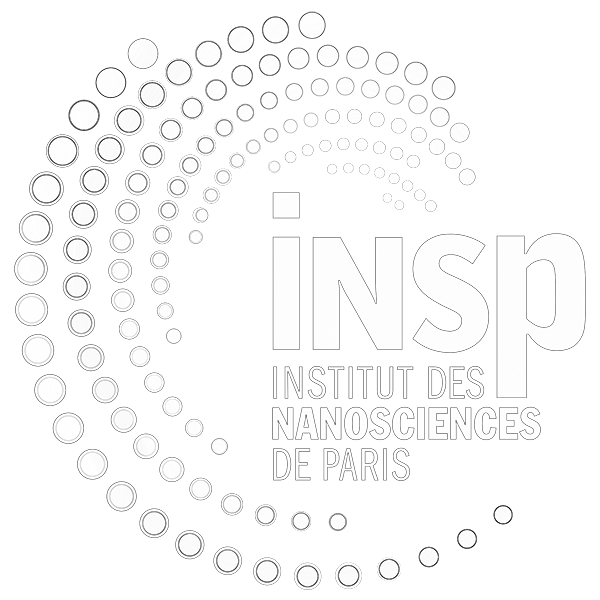12-22-426
2 seminars
Role of Pb-free Colloidal Quantum Dots in Thin-Film Photovoltaics
Youngsang Park – SKKU(S. Korea)
Abstract
With the growing emphasis on renewable energy for sustainable power generation, photovoltaics (PVs) have been widely studied across diverse material platforms. Among them, colloidal quantum dots (CQDs) have emerged as promising candidates for next-generation PV technologies, owing to their solution processability, low-cost fabrication, and size-tunable optoelectronic properties. Their distinctive features—such as controllable band alignment and wavelength-selective light absorption—enable their application not only as photoactive layers but also as charge-transport components within PV architectures. Nonetheless, most CQD research to date has focused on lead-based systems, which limits their potential for large-scale deployment. In this work, we investigate photovoltaic devices incorporating lead-free CQD thin films, highlighting their optical and electrical characteristics and evaluating carrier extraction behavior within newly engineered device configurations. These insights provide design principles for high-performance, environmentally benign CQD solar cells toward next-generation photovoltaic technologies.
High Performance Infrared InAs Colloidal Quantum Dot Photodetector with 79% EQE Enabled by an Extended Absorber Layer
Hyeonjun Jeong – SKKU(S. Korea)
Abstract
Although InAs colloidal quantum dots (CQDs) are being actively explored for environmentally friendly photodetectors in NIR-SWIR applications like LiDAR due to their tunable bandgaps, their performance still lags behind that of Pb-based devices. This study presents an effective strategy to improve InAs CQD photodetectors by engineering the solvent of the CQD ink for higher volatility, thereby enhancing incident photon usage by extending the controllable range of the absorber layer thickness. Following this, the thickness- and bias-dependent performance was systematically studied with the guidance of optical simulations. Under optimal conditions, the device achieved an external quantum efficiency (EQE) of 79% and a detectivity of 3.1 × 10¹¹ Jones at 940 nm, with a faster 46 ns response time resulting from a thicker absorber layer that reduced device capacitance. This study provides key optical and electrical insights, outlining design principles for future high-performance optoelectronic devices by controlling the light-absorbing layer.

